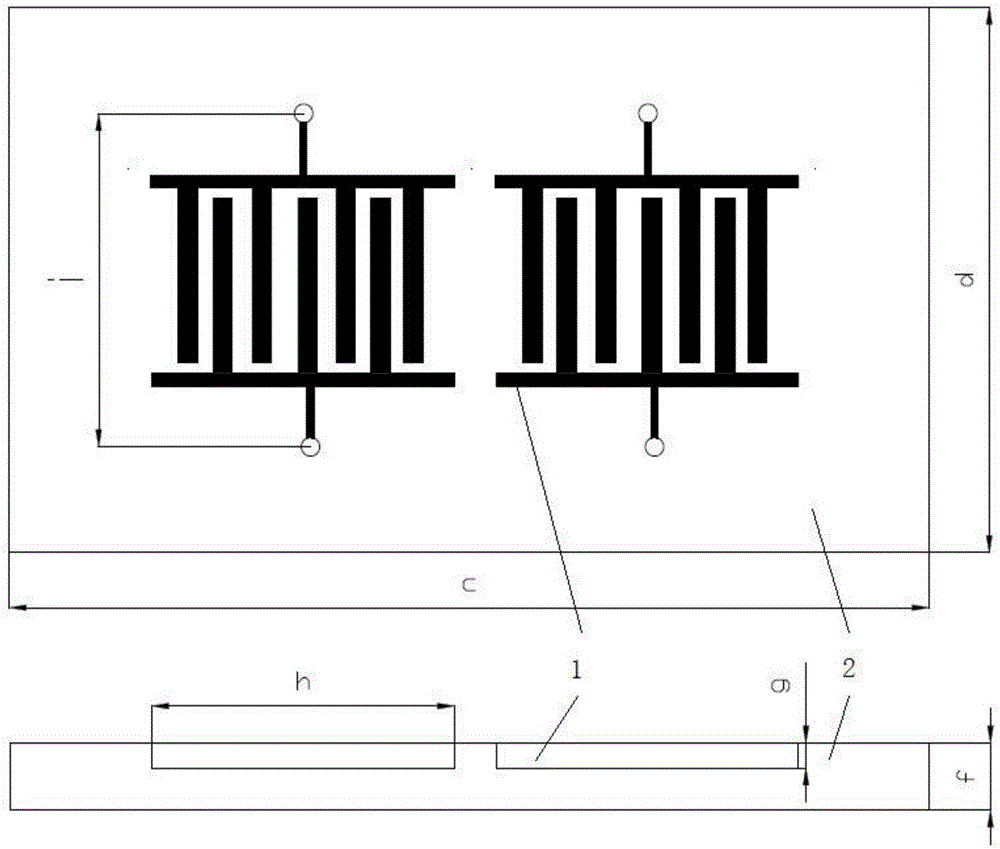Thermoacoustic heat regenerator based on surface acoustic wave generator
A surface acoustic wave and regenerator technology, which is applied to superheaters, mechanical power generating mechanisms, refrigeration components, etc., can solve the problems of low thermoacoustic conversion efficiency, achieve enhanced heat transfer, stabilize acoustic power output, and improve acoustic performance. The effect of power output
- Summary
- Abstract
- Description
- Claims
- Application Information
AI Technical Summary
Problems solved by technology
Method used
Image
Examples
specific Embodiment 1
[0051] The present invention adopts the welding method to manufacture the plate stack, and grooves the inner wall of the metal sleeve of the regenerator, the groove width is the same as the thickness of the plate stack, and then cuts the produced regenerator plate stack to the same size as the groove of the sleeve. The corresponding small plates are stacked, and then assembled and combined. The thickness of the material, the width b of the material itself is 100mm, and the length a of the base material is 1000mm.
[0052] The sleeve material is made of stainless steel, the inner radius r1 of the sleeve is 50mm, the outer radius r3 is 54mm, and the thickness of the sleeve is 4mm. The inner wall of the sleeve is grooved, the groove width e is 2mm the same as the thickness e of the regenerator plate stack installed, the plate spacing is 2mm, and the groove depth is half the thickness of the sleeve pipe wall, that is, the groove depth radius r2 after groove is 52mm, Length 1000mm...
specific Embodiment 2
[0054] The piezoelectric film substrate is made of lead zirconium titanium acid series (PZT) material. The length c of a single piece of material is 25mm, and the width d is 10mm. Film thickness.
specific Embodiment 3
[0056] The thickness g of the interdigital transducer is 0.25 microns, and the length h and width i are both 1.2 microns. The electrode width of the 201 pair of electrodes is 0.25 times the wavelength of the sound wave, and the finger spacing is 0.5 times the wavelength of the sound wave. Using electron beam evaporation and stripping technology, the width of the electron beam is 30 times the wavelength of the sound wave. At 200 degrees Celsius, a voltage of 20V is applied to polarize the piezoelectric material.
PUM
 Login to View More
Login to View More Abstract
Description
Claims
Application Information
 Login to View More
Login to View More - R&D
- Intellectual Property
- Life Sciences
- Materials
- Tech Scout
- Unparalleled Data Quality
- Higher Quality Content
- 60% Fewer Hallucinations
Browse by: Latest US Patents, China's latest patents, Technical Efficacy Thesaurus, Application Domain, Technology Topic, Popular Technical Reports.
© 2025 PatSnap. All rights reserved.Legal|Privacy policy|Modern Slavery Act Transparency Statement|Sitemap|About US| Contact US: help@patsnap.com



